Heineken: Graphic design
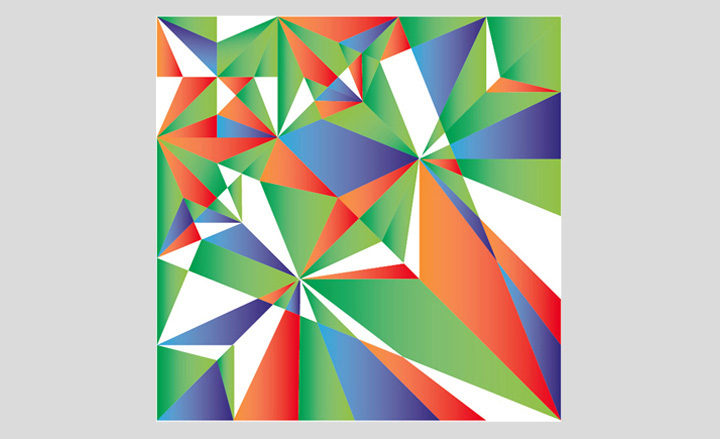
Graphic design
Flyers, logos, on-line identity and merchandise; graphic
design plays a pivotal role in the image and ambiance of the modern nightclub. Think of some of the nocturnal world’s nightclub super brands and certain fonts and symbols immediately come to mind; Pacha’s enduringly lascivious cherries, Hed Kandi’s anime disco dollies, Ministry of Sound’s heraldic shield, the recherché, lower case of Ibiza’s Space club. Having a graphic identity that is immediately recognisable, artfully evocative and versatile enough to work on billboards, t-shirts, mobile phones and computer screens is clearly crucial to the success of a nightclub.
Heineken’s Open Design Explorations project decided that it was vital to include a graphic design element in its creative brief. In order to develop the ultimate nightclub, nascent graphic design talent - selected by Heineken via the design network PechaKucha – collaborated with experienced design mentors to explore the ‘science of social engagement’ and consider the pioneering interpretation of the ‘social space’. The graphics team was briefed on the notion of 'future concepts' to create a boundary-pushing club. Different graphic identities and fonts were researched and tested for the development of The Club’s overall image, to be unveiled as a live, week-long club event during the Milan’s Salone Del Mobile design festival, April 2012.
During its global search for hot young design talent in the specialized graphic design discipline, Heineken discovered Sandra Garcia and Andre Coelho, hooking them up with mentors Ramses Dingenouts and Eugene Bay, both highly experienced creative directors. Here we catch up with
the four collaborators…
Designer Andre Coelho
This Brazilian graphic designer, based in São Paulo, cites his major specialist fields as identity, packaging and editorial design. Having gained a BA in social communications and a postgraduate in branding, he embarked on Milton Glaser’s course in The School of Visual Arts (NY) and Paula Scher’s Branding workshop (São Paulo) before working on projects with Hardy Design, Bola and Tátil Design, FutureBrand and Wolff Olins, with such varied clients as Nike, Nokia, Asics, Unilever, Natura, Brahma and IOC (International Olympic Committee). ‘I strive to develop projects that have a strong concept as well as a coherent, aesthetical solution,’ says Andre, who claims to be on a mission to explore people’s five senses in order to produce more cognitive, functional and emotional experiences. ‘From my designs you can expect clean and intuitive creations with a natural beauty expressed by their simplicity and subtle details. It’s a harmonic relation between space, feelings and purpose.’
Wallpaper*: Design wise, who or what has been your inspiration?
Andre Coelho: Some people in Brazil have always inspired me - people like Yomar Augusto and Kiko Farkas and my former boss, Mariana Hardy. Away from home? The work of studios like Wolff Olins, Pentagram, Sagmeister and IDEO.
W: What is your favourite night club?
AC: D-EDGE in São Paulo. It has the most incredible lighting system I’ve seen so far.
W: Tell us about your input into the concept club…
AC: I developed the RGB idea - overlapping colours and images that could be discovered according to different lights. The notion of changing perspectives and creating a surprise effect has been my goal since the beginning of the project. Changes in lighting affect the ambience and create unexpected results inside fluid and adapting environments.
W: What is your ambition?
AC: My ambition is to work on things that make me fulfilled and happy, and have a positive impact in the world.
Designer Sandra Garcia
Describing herself as both a ‘communicator and a curious person who is continuously observing, while getting the best from every experience,’ Madrid-born New York-based graphic designer Sandra Garcia believes that a life of travelling has profoundly influenced her career as an advertising creative, Art Director, and ‘overall creation addict’.
‘To present the conclusions of our journey during Milan's famous design week is an unbelievable opportunity for any designer,’ says Sandra. ‘I feel really lucky that Heineken has created this opportunity and selected me alongside the other designers to showcase our work on such a revered global stage.’
Wallpaper*: Design wise, who or what has been your inspiration?
Sandra Garcia: I’ve always had a great interest in creating an experience rather than a space, and believe I am in the perfect place in which to draw inspiration: New York. This is a city full of unique experiences, all of which are very beneficial to my creativity. This surprise element was what I wanted to contribute to The Club. Something with an exciting and original experience that was very much relatable to New York City.
W: What is your favourite night club?
SG: A club that stands out in my mind is ‘Plastic’ in Milan, where every night is completely different - three separate areas offering multiple atmospheres from music to people, making the night more exciting. It's a very inspiring place and my experience there has been a great influence to me while
working on this project.
W: Tell us about your input into the concept club
SG: I thought about The Club as different elements combining to create the unique experience I was looking for. The future is always inspiring to me and as technology is a true representation of the future, I thought it had to take part in The Club in some way. Most of my ideas represent a more interactive experience, not only by allowing people to engage with each other, but also with the space itself. Working on the (special edition, aluminium) Heineken bottle has been a great challenge for me as it was something I have never done before. My main focus was to relate the bottle to the space, integrating it to the entire experience. The bottle is no longer just a container or a cool design. Now, it uses part of the club space for people to interact with, connecting all elements, serving as a trigger for surprise while enhancing the entire experience.
W: What is your ambition?
SG: My objective is to find innovative ways to solve problems and communicate. The changing media period we are experimenting in right now is very challenging and exciting for me as it offers a new approach. This enables people to take part in the communication itself, making ideas more powerful. My goal is to always think big, with the intention to bring fresh ideas to life that have never been done before, while changing the world for the better.
Mentor Ramses Dingenouts
Ramses is creative director at dBOD, a full-service design agency based in the Netherlands that is part of the NewGenes creative and business innovation network. Having studied graphic design at Gerrit Rietveld Academy, Ramses' career has been particularly strong in packaging design. A passionate approach has earned him involvement in projects with Heineken, UEFA, Unilever, IKEA, Philips and many more.
This highly experienced mentor is uncompromising about his search for talent. ‘I am looking for designers who can bring magic to the team and have a good sense of humour. Prima donnas need not apply.’
Wallpaper*: What is the best nightclub you have ever been to?
Ramses Dingenouts: For me RoXY Amsterdam, is still the best nightclub I have ever been to. It’s closed now, but it had an amazing atmosphere and was a creative international hotspot for music, shows and theme nights. RoXY challenged your fantasy and was magic. It ended with a big bang as it burnt down but I still see people that I met there at other parties. I would say it formed my life as well!
W: What is the most important element of the nightclub experience?
RD: I think the nightclub needs to be an exciting space where you get inspired. I think a major element of a successful club is one that facilitates people interacting so everyone comes together as one party.
Smaller clubs frustrate me because they become too full. I think clubs should be kept as open and clear as possible with levels and different stages. It should always be easy to get a drink.
W: What is the most interesting development in club design?
RD: The creation of different levels and areas so that you can stay with your friends in a private place. I also love that nightclubs have started putting things such as swimming pools into their spaces to create real differentiation between them.
I think the future of nightclub design is to make it more of an experience than just a destination. I think they will become magical places where there is room for performances with open spaces. They may even move outside cities in deserted places with sleeping accommodation nearby so clubbers can go back the next day and carry on.
Mentor Eugene Bay
Eugene describes himself as perpetually curious, positively restless and forever optimistic. Having originally trained as a graphic designer at the LCC (formerly London College of Printing), he became founding partner, CEO and Chairman of brand redevelopment agency VBAT, which he set up in 1984 with three others.
Passionate about the branding and creative business, Eugene has taken an active role in the Dutch creative community, with a number of high profile roles including Chairman of the BNO, Dutch Design Association and Chairman of the PANL, which represents creative Dutch Photographers. While at BNO, Eugene initiated a special platform called Creating Brands, which pitches creative thinkers against the business fraternity. He also regularly lectures on branding and design at leading academies. Now part of the WPP Group, VBAT is active in Belgium, Chile, Germany, Greece, Nigeria, Mexico, Russia, the US and the Netherlands. Eugene’s work is varied and among work for Dutch household names, he has also worked on a number of Heineken Company brands around the world. He is currently working on a re-design of the interiors of three palaces for HRM the King of Bhutan.
Wallpaper*: What is the best nightclub you have ever been to?
Eugene Bay: There are a number of nightclubs I have enjoyed. Firstly Legends in London was an institution in the 1980s. It was a place where the weird and wonderful congregated, flirted and hung out. Pacha is a great club: in Moscow the good, bad and beautiful of the city are on show, and in Madrid, it is an intimate setting, full of sexy people with great lighting and cool music. Finally Sirkus in Reykjavik is one of my favourite clubs, as it is full of mad Icelandic people having a wild and cool night out in a confined space.
W: What is the most important element of the nightclub experience?
EB: If you have great dance music, great lighting, long well-staffed stylish bars and good looking bar staff then you will have a good experience.
W: The Future of nightclubbing…?
EB: …will feature multiple spaces for different rooms and music concepts, creating a different pace of music and lighting in each section. I also think dance and breakfast clubs will emerge, which will start at 11pm and run through to 10am.
W: What qualities were you looking for in the young designers on this project?
EB: In the selection process I was looking for designers with flair and passion who are multi-disciplined thinkers. I want people who demand high standards, are surprising, unpredictable and able to articulate their ideas with enthusiasm.
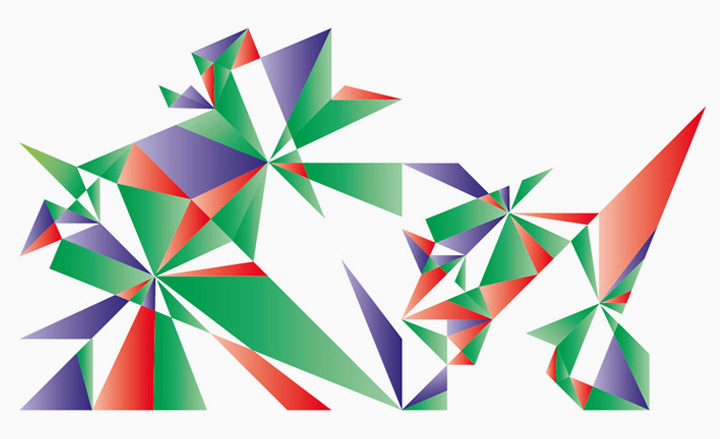
Club designs: development of the bottle by ODE designers André Coelho and Sandra Garcia
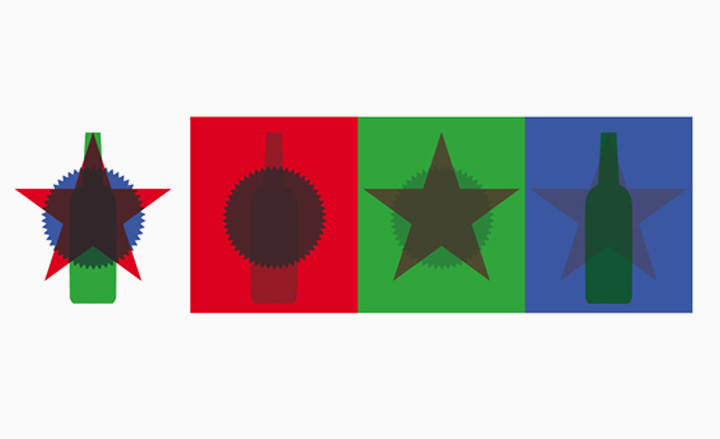
Club designs: development of the RGB idea; overlapping colours and images mean the bottle imagery displays differently according to lighting in the club, André Coelho, ODE designer
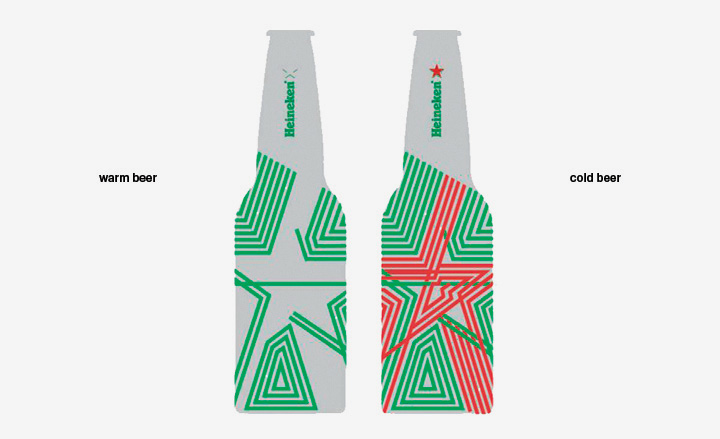
Club designs: development of the bottle by ODE designers André Coelho and Sandra Garcia
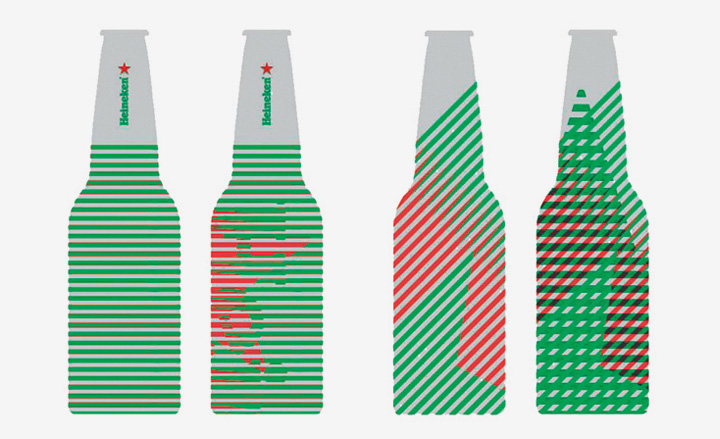
Club designs: development of the bottle by ODE designers André Coelho and Sandra Garcia
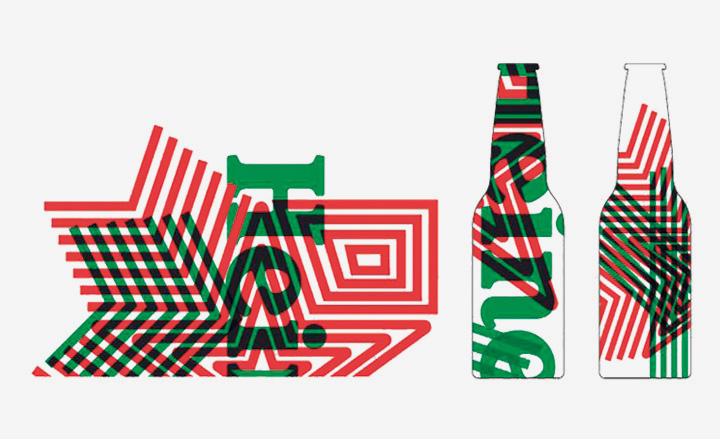
Club designs: development of the bottle by ODE designers André Coelho and Sandra Garcia
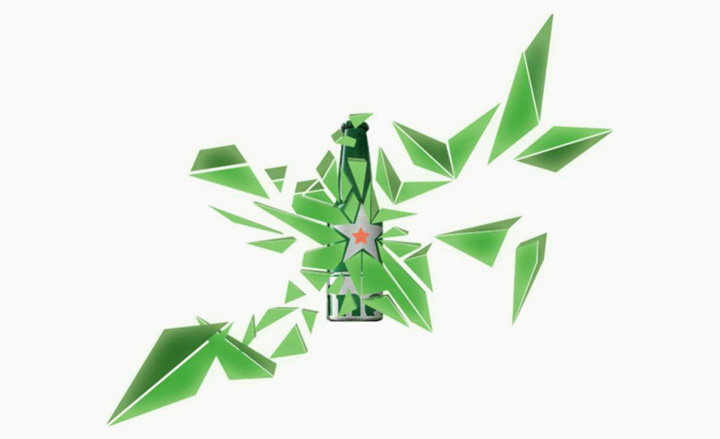
Club designs: the bottle will display refracted patterns when placed on the interactive bar, designs by ODE collaborators André Coelho and Sandra Garcia
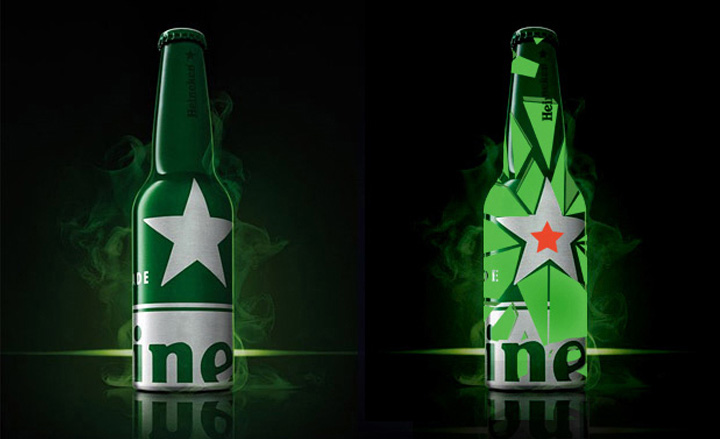
Club designs: development of the Heineken bottle design by ODE designers André Coelho and Sandra Garcia
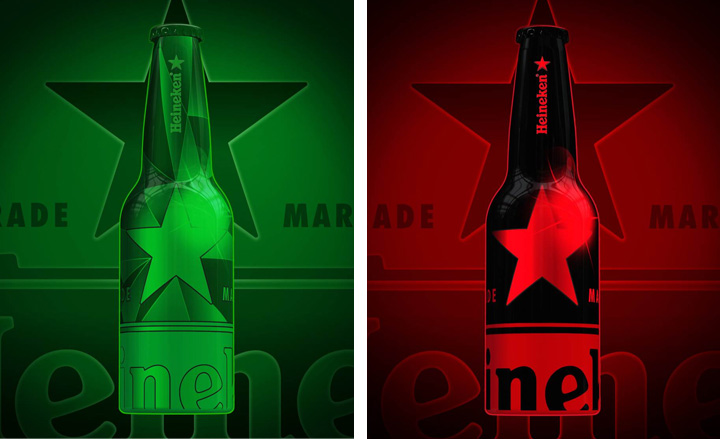
Club designs: final Heineken ODE bottle designs by André Coelho and Sandra Garcia
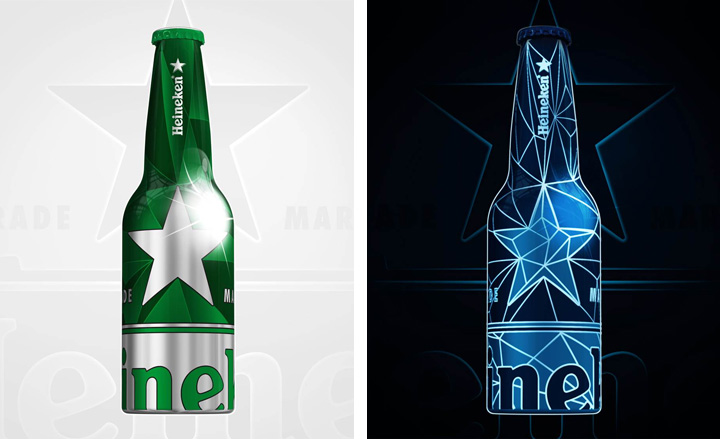
Club designs: final Heineken ODE bottle designs by André Coelho and Sandra Garcia
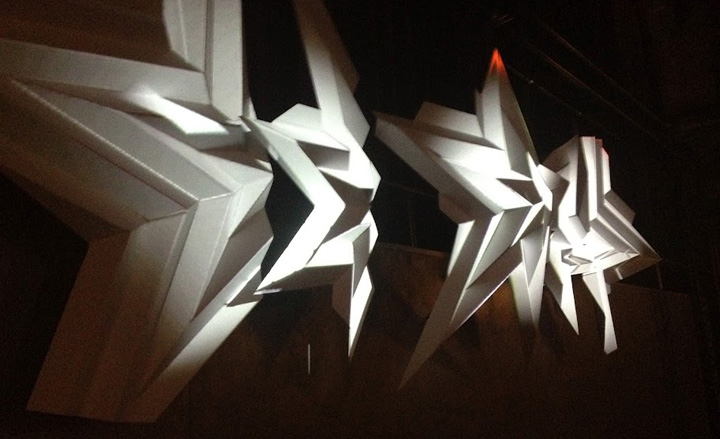
Club designs: the Heineken star re-imagined. The star will form a focal point above the DJ booth
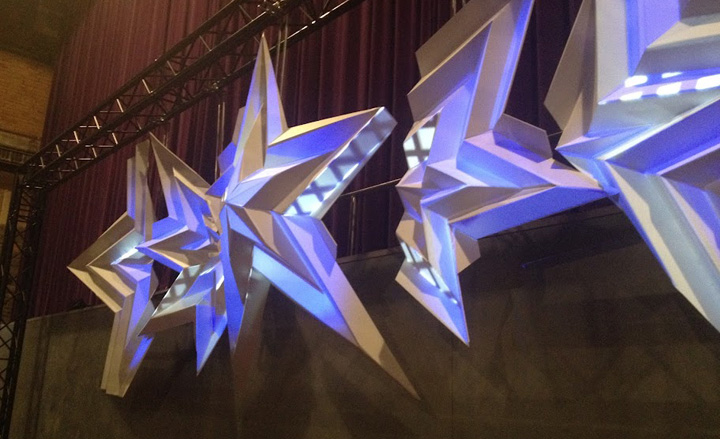
Club designs: the Heineken star re-imagined. The star will form a focal point above the DJ booth
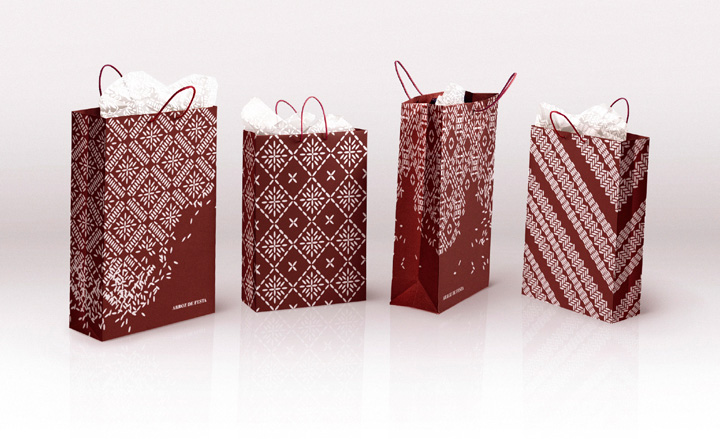
ODE designer André Coelho portfolio: identity project for catering service Arroz de Festa
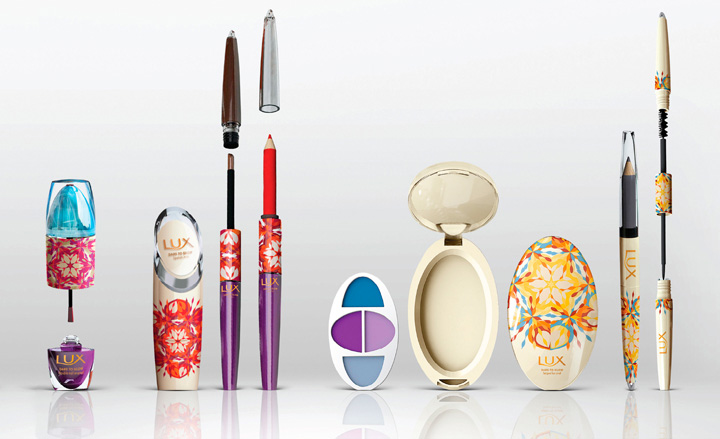
ODE designer André Coelho portfolio: makeup line designed for Unilever and sold exclusively in India
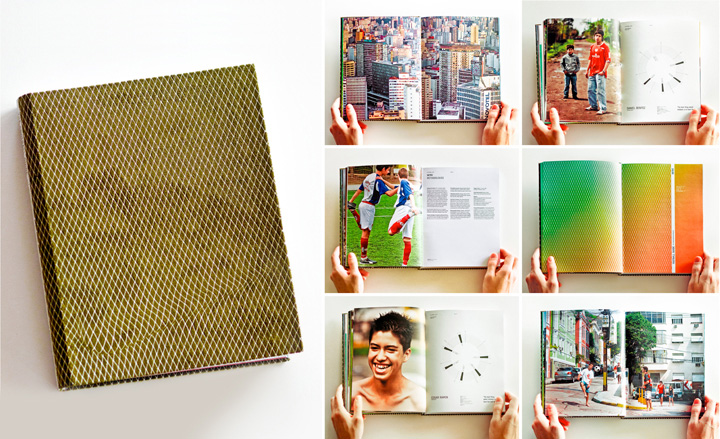
ODE designer André Coelho portfolio: research project for Nike detailing interviews and photography of football in Latin America
Wallpaper* Newsletter
Receive our daily digest of inspiration, escapism and design stories from around the world direct to your inbox.
Rosa Bertoli was born in Udine, Italy, and now lives in London. Since 2014, she has been the Design Editor of Wallpaper*, where she oversees design content for the print and online editions, as well as special editorial projects. Through her role at Wallpaper*, she has written extensively about all areas of design. Rosa has been speaker and moderator for various design talks and conferences including London Craft Week, Maison & Objet, The Italian Cultural Institute (London), Clippings, Zaha Hadid Design, Kartell and Frieze Art Fair. Rosa has been on judging panels for the Chart Architecture Award, the Dutch Design Awards and the DesignGuild Marks. She has written for numerous English and Italian language publications, and worked as a content and communication consultant for fashion and design brands.
-
 All-In is the Paris-based label making full-force fashion for main character dressing
All-In is the Paris-based label making full-force fashion for main character dressingPart of our monthly Uprising series, Wallpaper* meets Benjamin Barron and Bror August Vestbø of All-In, the LVMH Prize-nominated label which bases its collections on a riotous cast of characters – real and imagined
By Orla Brennan
-
 Maserati joins forces with Giorgetti for a turbo-charged relationship
Maserati joins forces with Giorgetti for a turbo-charged relationshipAnnouncing their marriage during Milan Design Week, the brands unveiled a collection, a car and a long term commitment
By Hugo Macdonald
-
 Through an innovative new training program, Poltrona Frau aims to safeguard Italian craft
Through an innovative new training program, Poltrona Frau aims to safeguard Italian craftThe heritage furniture manufacturer is training a new generation of leather artisans
By Cristina Kiran Piotti